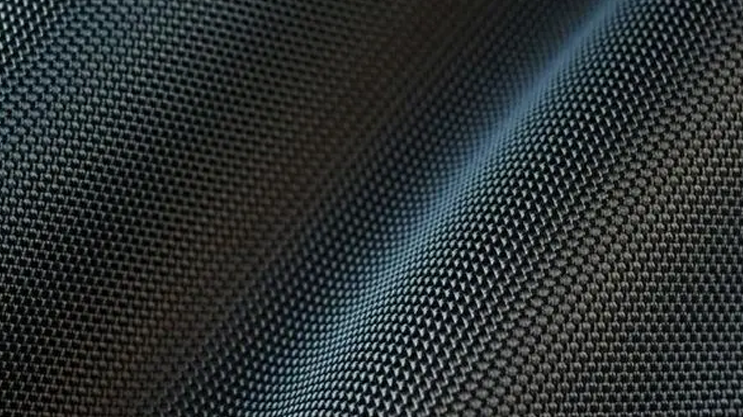Femtosecond laser technology is widely used in carbon fibre, mainly in the following aspects:
1. Cutting and processing: Carbon fibre, with its high strength and light weight, has a wide range of applications in aerospace, automotive, sports equipment and other fields. Femtosecond laser technology can cut carbon fibre materials, and because of its non-contact and no thermal influence, it can avoid material burns and deformation, thus guaranteeing the quality and precision of cutting edges.
2. Microporous Processing: Femtosecond laser can create tiny holes on the surface of carbon fibre for the purpose of ventilation, lubrication and heat dissipation. These micropores can play an important functional role in carbon fibre composites, such as improving their properties and reducing weight.
3. Surface modification: Femtosecond laser can be used to improve the surface properties of carbon fibre by making micro and nano-scale structural changes on the surface of the fibre, such as enhancing the surface abrasion resistance, corrosion resistance, lubrication, etc., so as to expand the scope of carbon fibre applications in various industrial fields.
4. Manufacture of micro-nano-devices: femtosecond laser can be used to manufacture micro-nanometer level structures and devices on the surface of carbon fibre, such as micro-sensors, microfluidic devices. These micro-nano devices can be applied in biomedical, environmental monitoring, optics and other fields.

Precision application of femtosecond laser technology in carbon fibre material processing
Femtosecond laser technology has a wide range of applications in the field of carbon fibre material processing, and its main advantages include:
1. High-precision processing: Femtosecond laser technology is capable of achieving very high processing precision and can create structures and details of minute dimensions. For high-strength, high-toughness materials like carbon fibre, which require processing to maintain their properties and strength, femtosecond laser technology is up to the task.
2. No thermal effects: The energy of the femtosecond laser pulse is so brief that there is virtually no heat transfer to the surrounding area during processing, so thermal damage and distortion can be avoided or minimised. This is critical for heat-sensitive materials such as carbon fibre, where the structure and properties can be maintained without damage.
3. No processing aids required: Femtosecond laser processing is a non-contact process that does not require the use of tools or other aids, thus avoiding mechanical damage or surface contamination to which carbon fibre materials may be subjected.
4. Wide applicability: Femtosecond laser technology is suitable for all types of carbon fibre materials, including carbon fibre composites, carbon fibre reinforced polymers, etc., and therefore has a wide range of applications in aerospace, automotive, medical devices, sports equipment, etc.
Femtosecond laser technology has an important application value in the processing of carbon fibre materials, which can achieve high-precision and heat-affected-free processing, providing new possibilities for the application of carbon fibre materials.

